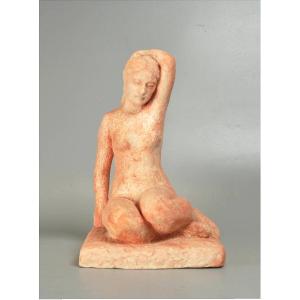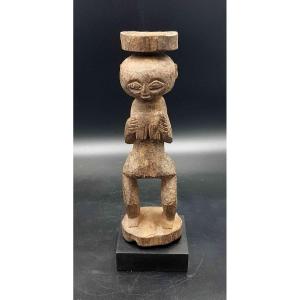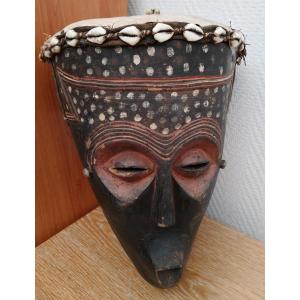This artist is one of the rare African sculptors active at the beginning of the 20th century whose career is documented.
Sikire had the title “Thiteldhaar” (Master sculptor, depositary of the religious sculptural tradition).
After several years of apprenticeship, the quality of his work attracted the attention of colonial sponsors, he was spotted by Henri Labouret (administrator of the Gaoua region 1914-24). He commissioned Sikire to produce masks. Labouret called them “relief masks”. He thus produced a number of seats, masks, fetishes, intended for worship and for European collectors and ethnographers.
Our mask corresponds to the Labouret period 1914-24. According to the classification of Dr. Thomas Keller, author and artist specialist: (Sikire Kambire, monograph 2015 - verlag Keller art premiers Lully Suisse) page 22. (see scan at the end of the slideshow). In the reference work of 1931 (The tribes of the Lobi rameau) by H.Labouret, similar model reproduced.
The headdresses are inspired by Dioula women. The mask is made of shea wood. Small wear.
His activity with white sponsors often drew the wrath of his colleagues, and upon his death, he did not have a handover ceremony with a disciple.






























 Le Magazine de PROANTIC
Le Magazine de PROANTIC TRÉSORS Magazine
TRÉSORS Magazine Rivista Artiquariato
Rivista Artiquariato
